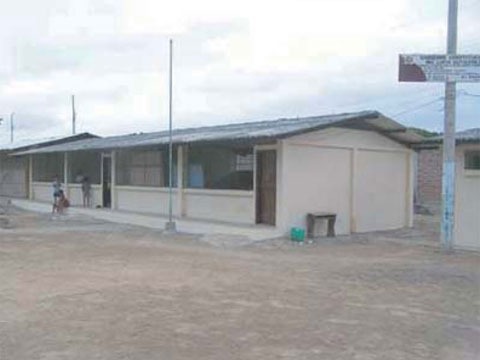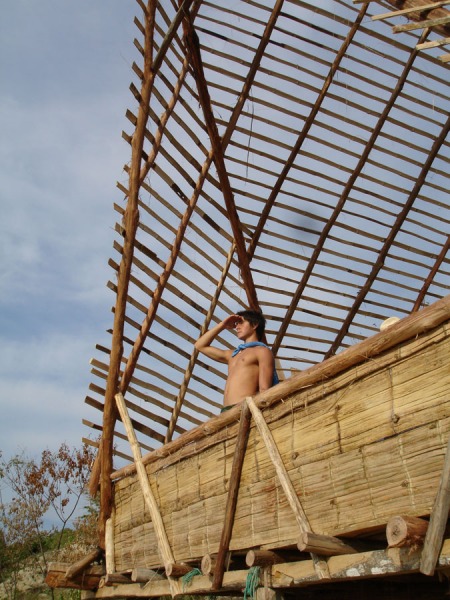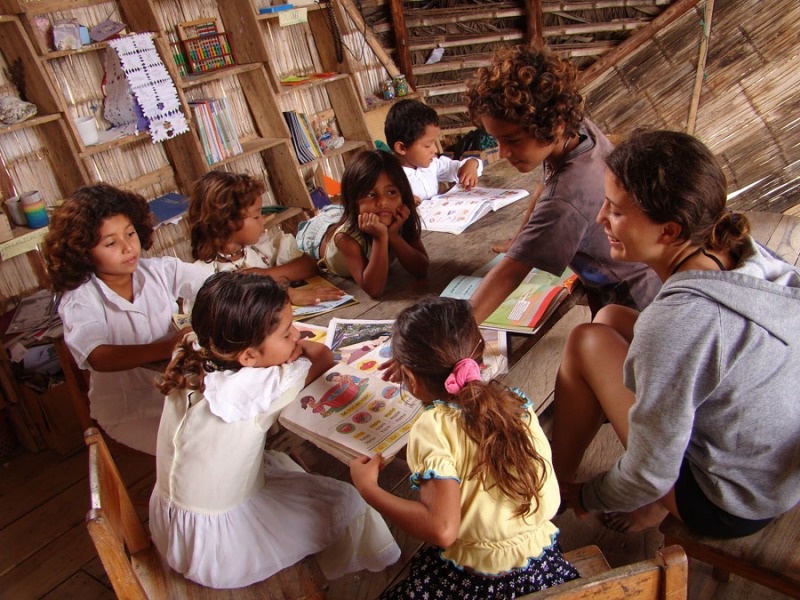This project consists of a school 'Nueva Esperanza' and communal houses 'Esperanza Dos', built together by the locals and the design team. Located on a beach in a far away site, this is a fishing and agriculture community, a remote village without electricity, sewage or running water. This community seeks progress: for them, progress is achieved through personal enrichment; it is about understanding life, meeting one’s needs with the resources one possesses.
In the past, most of the schools near the area are made of concrete: a grey box with window bars that make it look more like a jail than a school. Plus, this kind of concrete construction is easily degenerated. Thus, the aim of the project was about generate long-term solutions rather than solving immediate problems.
In 2009, this community finally has realized their first school built according to their need and wish. In 2011, the design team came back to the village, and together with the locals to realize their communal spaces next to the school.



Here in Cabuyal, the locals live without electricity, without sewage or running water. People do not use money, do not have professions, do not measure time with clocks, do not use meters or rulers. This is a different world without private property, nor institutions. Life is simple: the community satisfy their needs almost obviously: the sea and the land are the supermarket and forest trees are the materials to build their houses.

For this specific community, a simple construction system was perceived by the design team: a system capable of adapting to the unpredictable land, labor and materials. This adaptable system has allowed modifications of the design decisions during the construction.
The project uses the same materials and building patterns the community has been using for building for years. Locally available resources have defined the project: irregular shaped materials. Fishing and farming tools. Strong and skilled laborers who do not understand accuracy in terms of centimeters.
During the construction process, each person had a preferred task at the beginning and in time, one's skill has been improved; this led to an optimizing process. Eventually, the construction team has strengthened itself by sharing & passing each other's experience. The construction time was one week; this process of collective construction has helped the locals to develop their own building system. Once the community understood the system & process, they were empowered and the design team were no longer needed.



